When Community Becomes Your Competitive Advantage
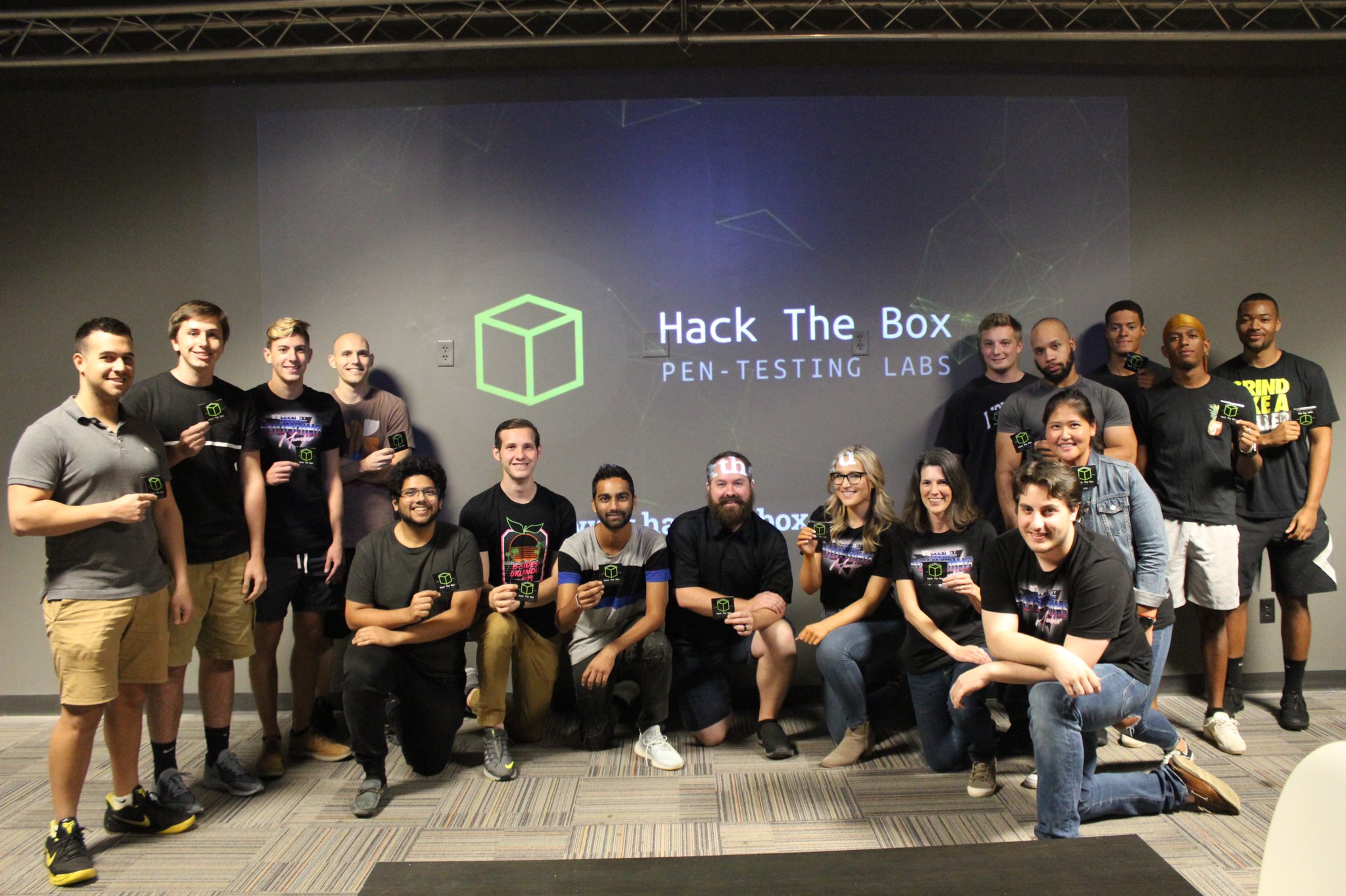
You can build an enterprise software product faster than ever today. Easily deployable infrastructure, APIs that abstract complicated tasks, readymade website builders, open-source libraries, Stack Overflow. Companies copy features in weeks, if not days. In fact, SaaS founders face an average of 9.7 competitors in their first year of business. That number used to be 2.6! The rise in competition has decreased switching costs and increased customer acquisition cost. It’s more expensive to acquire customers and harder to retain them.
The evolution of enterprise software distribution has played its role too. From top-down, sold by large sales teams with high marketing spend, built and marketed for CIOs and executives, software distribution is increasingly becoming bottoms-up with end users in the driver’s seat. They try out the new tools without any directive from their managers, and heavily influence purchase decisions.
As consumers get overwhelmed with options, they turn to communities to make sense of the world - their groups of friends, peers or influencers. This is where consumer behaviour predominantly emerges today. Enterprise tech companies across industries take notice and put communities at the core of how they do business.
Communities of Product and Practice
Communities are groups of people that come together over what they care about. They imply a sense of belonging, shared identity, shared vocabulary and belief in shared vision. Lately, the word “community” has started to show up as a euphemism for users or audience. A way to understand this is to compare “community” to “audience”. To create an audience, you help people directly. A one-to-many relationship. To create a community, you help humans help each other. A many-to-many relationship.
Community-led enterprises build spaces for consumers to create value for each other. They pass the torch. It’s how Hack The Box hosts multiple events all around the world every single month, how part of the questions asked by Netdata users are answered by other users and how LearnWorlds organises one of the most successful conference globally for online course creators. There are two main types of communities:
Communities of Product. Built around your product specifically. This acts as a space for users to ask questions about your product, share insights with each other, contribute content, services, or something else of value to your platform, and stay connected with the company.
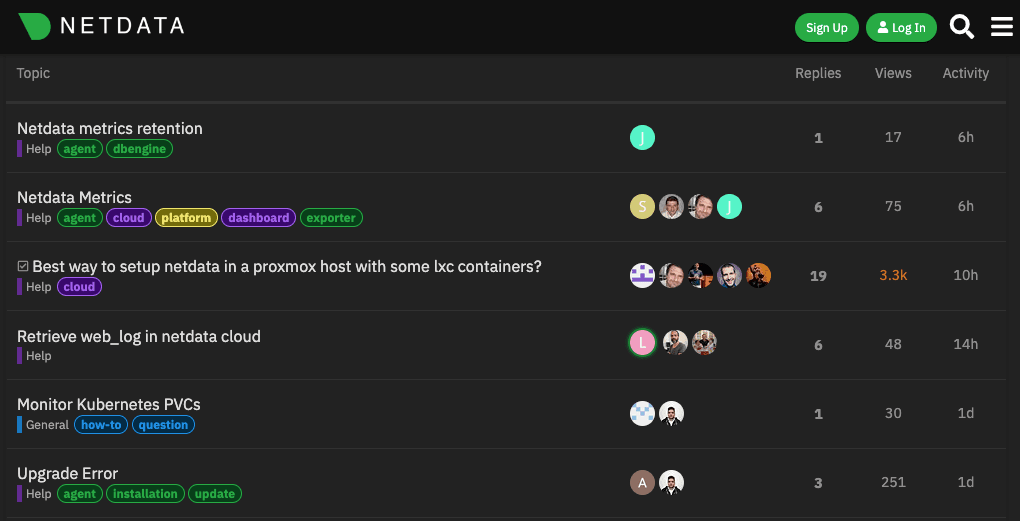
Netdata Community Forums
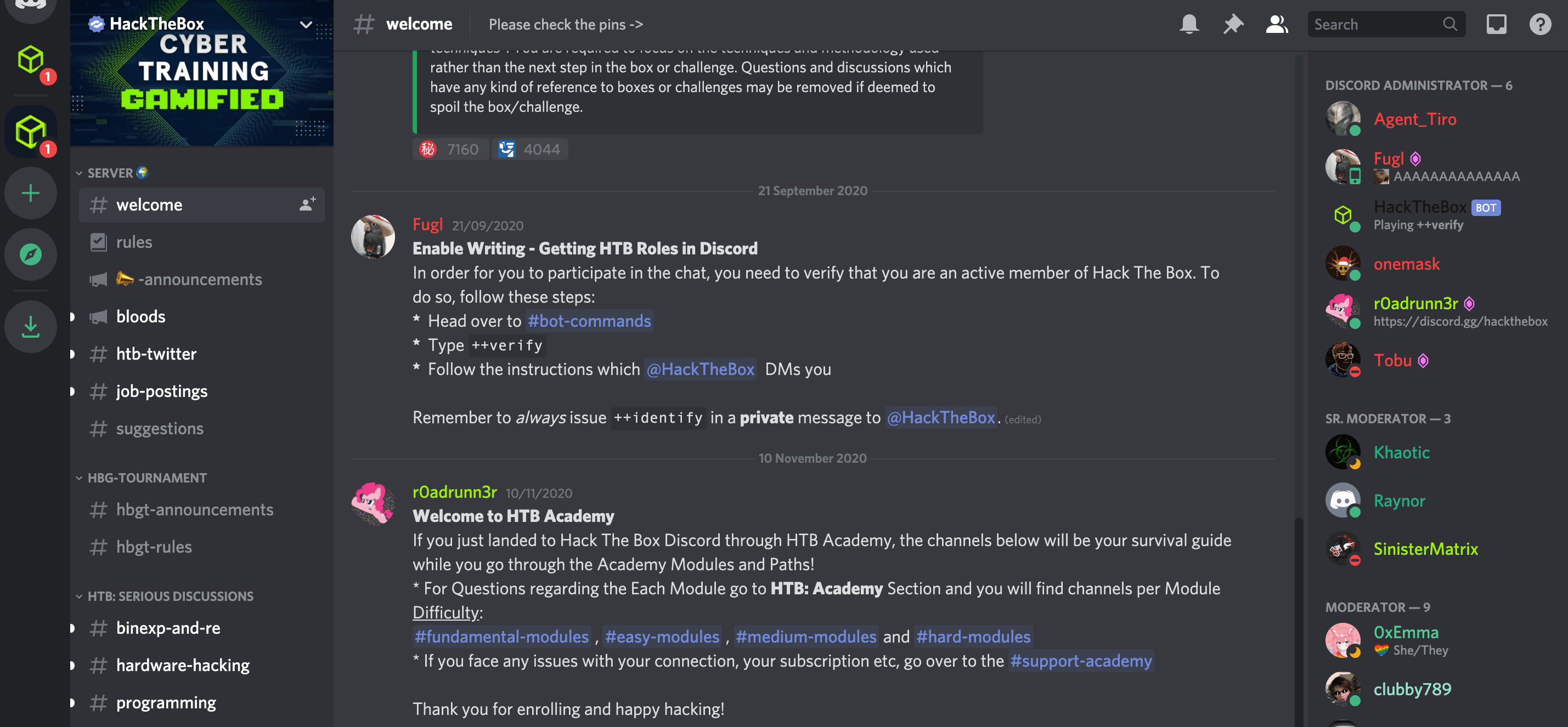
Hack The Box Discord Server
Communities of Practice. Built around the common goal of learning about a field. This aims to include all people within a role or industry, leading to a community that spans much larger than your own product. Then, it’s up to the community manager or sales team to engage members about your product use cases and directly contact prospective customers when appropriate.
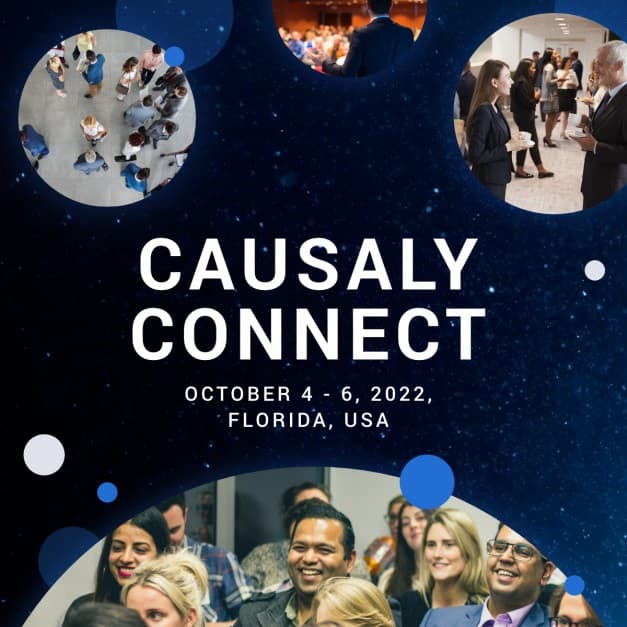
Causaly Connect - conference with Life Sciences leaders
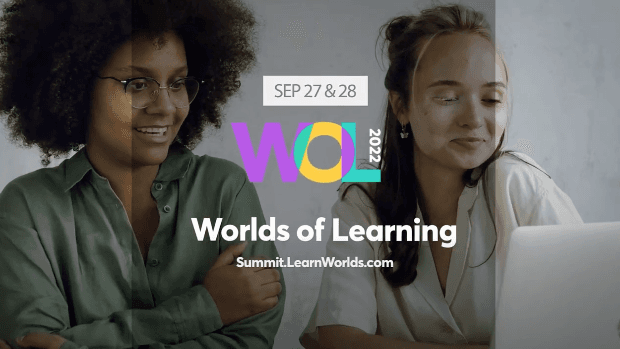
World of Learning by LearnWorlds - summit with world-renowned experts, entrepreneurs and course creators
More and more companies opt to build communities of Product or Practice. By creating well-managed communities, companies provide value to customers past the product experience by facilitating user interactions and knowledge sharing within a community of like-minded individuals, who in turn become advocates, creating a flywheel which strengthens the community further. They understand community is much more than a cost centre or a marketing gimmick. It’s a moat.
Reasons to Invest in Community Building
Acquisition. Expand top of the funnel. A community nurtures a pipeline of engaged leads in an organic manner. Prospects that join are more likely to convert. In contrast to the traditional lead generation techniques that propel a bidding race to the top, a community can scale your business, resources and presence much more sustainably, and evolve naturally over the lifetime of the community.
Retention. Lock customers in. Customers get value by participating in the community. They learn from peers, support each other, share insights and reduce their reliance on customer success teams when it comes to using the company’s product. This reduces churn, because where else could users find such a valuable network of peers to interact with?
Insights. Get feedback at scale. Product teams talk directly to existing and potential customers through the community, understand their problems, requests and complaints, and create a continuous user feedback loop. At the same time, customer support benefits from being able to answer issues in real-time, while becoming leaner and decreasing the number of tickets thanks to peer-to-peer responses.
Recruiting. The best advocates can turn into employees. For instance, IppSec, an ethical hacker with over 184k followers on YouTube and 87k on Twitter, joined Hack The Box as a team member after being a member of the community first. Tapping into your community is one of the best ways to hire talent that’s passionate about the problem you solve.
How To Get Started
There is no formula for fostering a community. Developing a community is like building a product. It’s a long-term play and there’s no one way to do it right. And there’s no right time to kickstart it either. You can create a community before launching your product to nurture a pool of beta users, or in the early days when your product traction is still low, or even later when you have hundreds or thousands of happy users. Here are some starting points:
Find what community means to your organisation. To build a community with staying power, teams need to figure out if and how this fits with their vision and raison d'être. Communities are hard to build and require lots of effort and resources. So before jumping in, you need to think about whether it’s the right thing and what that would uniquely mean for your organization. Is a community of product or practice more relevant to your organisation?
Run community discovery like product discovery. Find where like-minded people or people with similar interests gather today (it has to exist already and hopefully be within a growing market, otherwise you wouldn’t have potential users for your product). Talk to potential members and identify their needs and motivations. Define who your community is for and, even more importantly, who it’s not for. Think about the niche that you can specifically cater to and what benefits would people get from joining. What problems does it solve for them? What goals does it help them achieve?
Build a Minimum Viable Community. Find the few people who care and build a space for them to create value for each other. In the early days, do things that don’t scale to market your community to people and onboard them. Start by providing value to that group. This generally takes the form of sharing knowledge freely, facilitated by the company’s stakeholders initially (e.g. podcasts, newsletters, conferences with world-class guest speakers) before it can be scaled by the community members (e.g. open-source software, Discord groups, member-generated content publicly shared online).
As soon as you get a community off the ground, the only thing that matters is to create a space where people keep coming together over what they care about; to offer members a chance to act on their passions with each other. And you can always feel it when it’s happening. New people join just as fast as you can onboard them, you put together a community team because your capacity is maxed out, members reach out with ideas and feedback and find ways to share content originating from your community in public. Ironically, once a community is successful and you ask the team what made it so, they often cite all kinds of factors. Yet in almost every case, the cause was in fact creating a community people want to be part of.
If you've created or thinking to create a community to drive business growth or if you're building a tool to empower communities, please reach out to exchange ideas and share more at alex@marathon.vc or Twitter.
